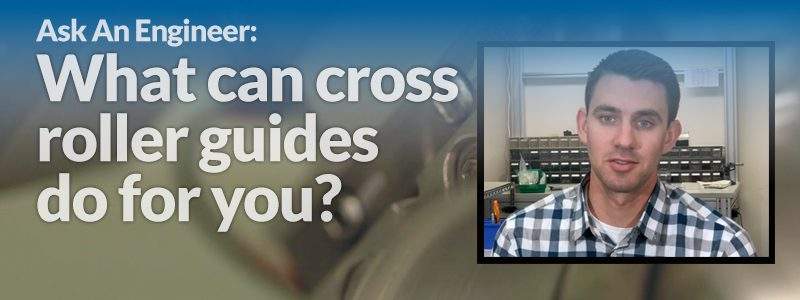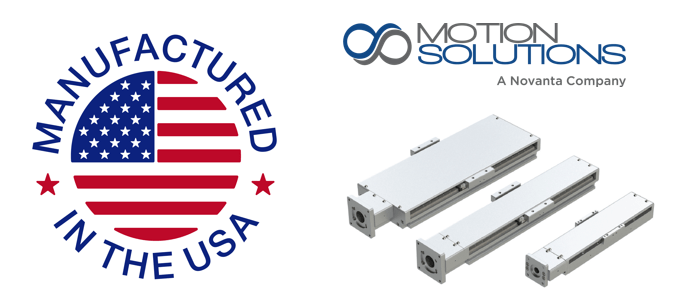Editor’s Note: in this first of an occasional video series, members of the Motion Solutions engineering staff share tips and insights on technologies and problem-solving.
Motion Solutions is proud to introduce our newest web feature, the Ask An Engineer video series. We regularly get questions from customers regarding components and technologies they hope to apply to their latest systems. The Motion Solutions Engineered Solutions team works daily to design complex electromechanical assemblies across a variety of industries. They have deep familiarity with the different classes of product that we sell. In the Ask An Engineer videos, viewers will learn tips and tricks for success in using a variety of motion components, engineer to engineer.
“This video series gives a preview of the collaborative way we engage with customers and help them solve challenges,” says Motion Solutions sales engineer Mike Tomin. “The value in collaborating with our team of engineers is the experience and knowledge we can share beyond the technical details listed in a catalog. We understand the challenges a customer is facing or may experience as a solution is developed.”
The series kicks off with Tomin discussing the topic of cross-roller guides. In the video, he reviews the benefits of using cross-roller guides for loads that need to be moved across a range of motion with low friction and high stiffness.
Shawn Hakim, engineering manager, agrees. “They are a good choice for any system that requires fine resolution, smooth motion, and high loads,” he says. “They are very effective in life sciences or optics applications that involve scanning, like microscopy, for example.”
Cross-roller guides support the load on cylindrical rollers rather than balls. The increase in surface area enables them to offer higher load capacities than conventional linear guides. Although the stroke lengths of cross-roller guides are generally much less than a meter, for the right application, they can be a very effective solution. “We are using them on the lateral axis of a patient bed in a medical application, for example,” says Hakim. “Cross-roller guides give us a combination of stiffness and load capacity that is ideal for this patient-imaging system.”
OEMs interested in using cross-roller bearings in their designs should bear in mind that the technology requires expertise for proper integration. It is not a skill set that every department has, and teams sometimes learn that the hard way. “It is understood that cross-roller guides involve an assembly process but the complexity of that process, and its effect on final performance, is often overlooked,” says Hakim. “We work with the technology all the time. We know how to get it right.”
Watch the video to learn more about cross-roller bearings and how they can benefit your next project. Need more information? Reach out to the Motion Solutions engineering team. “Selecting the correct product or component in an application is only half the battle,” says Tomin. “Our team can arm customers with the tools and experience necessary to make a project successful.”
Do you have a technical question for our Motion Solutions team? Send an email to [email protected].




